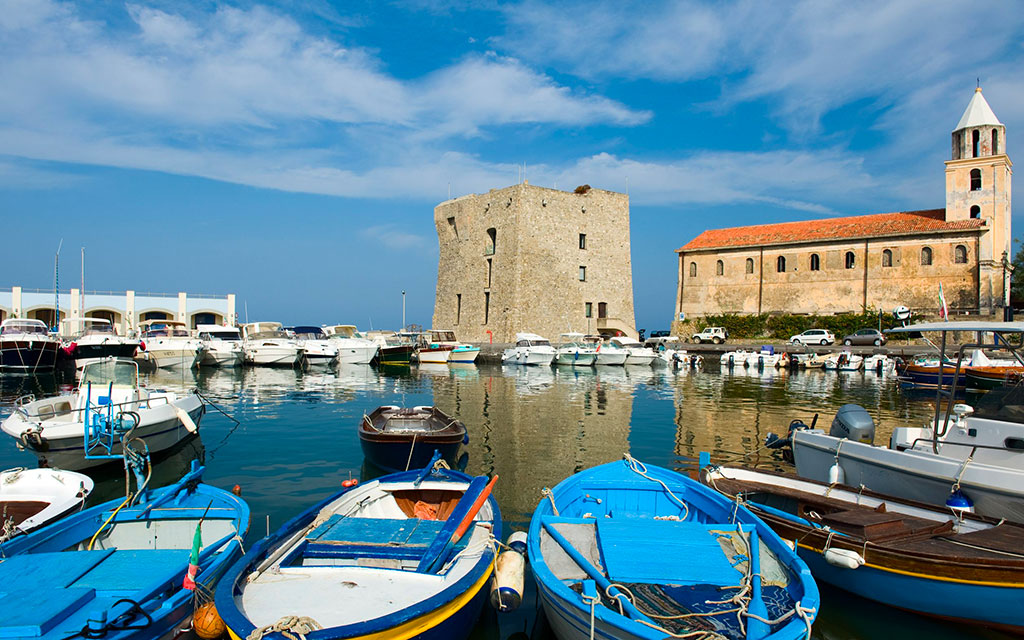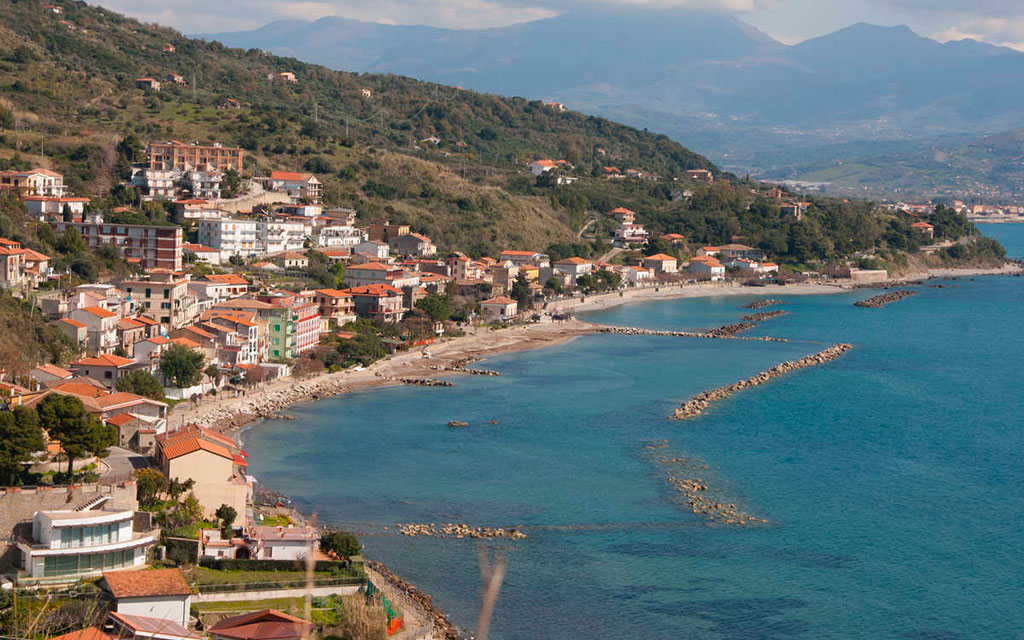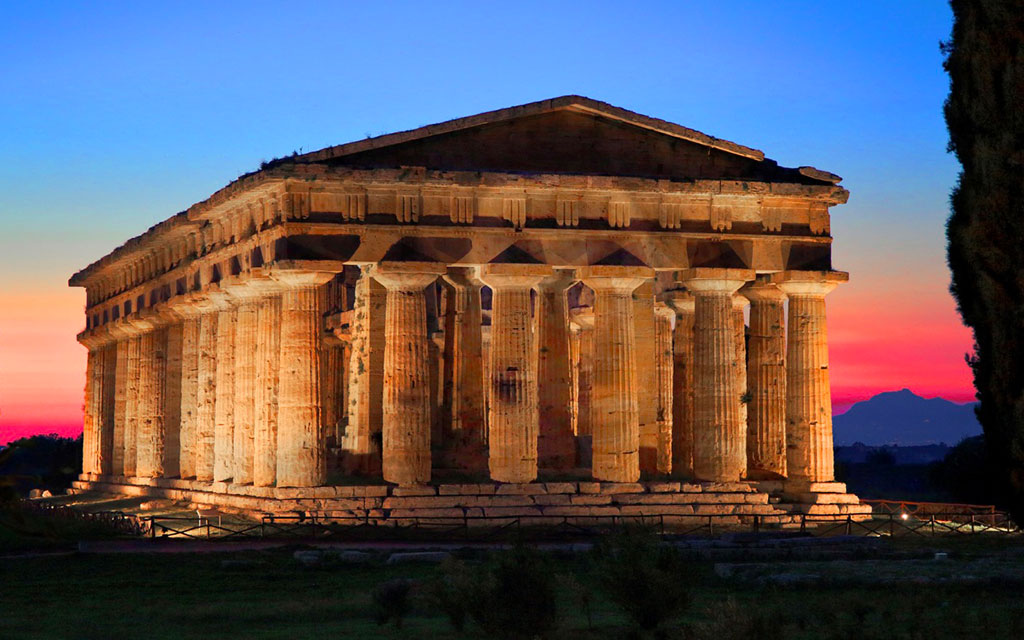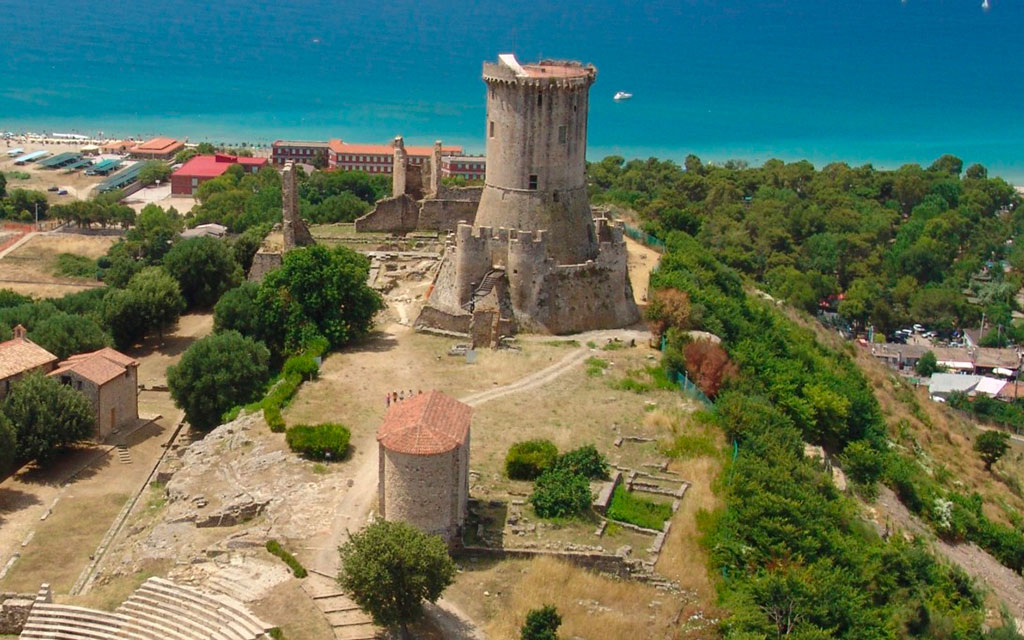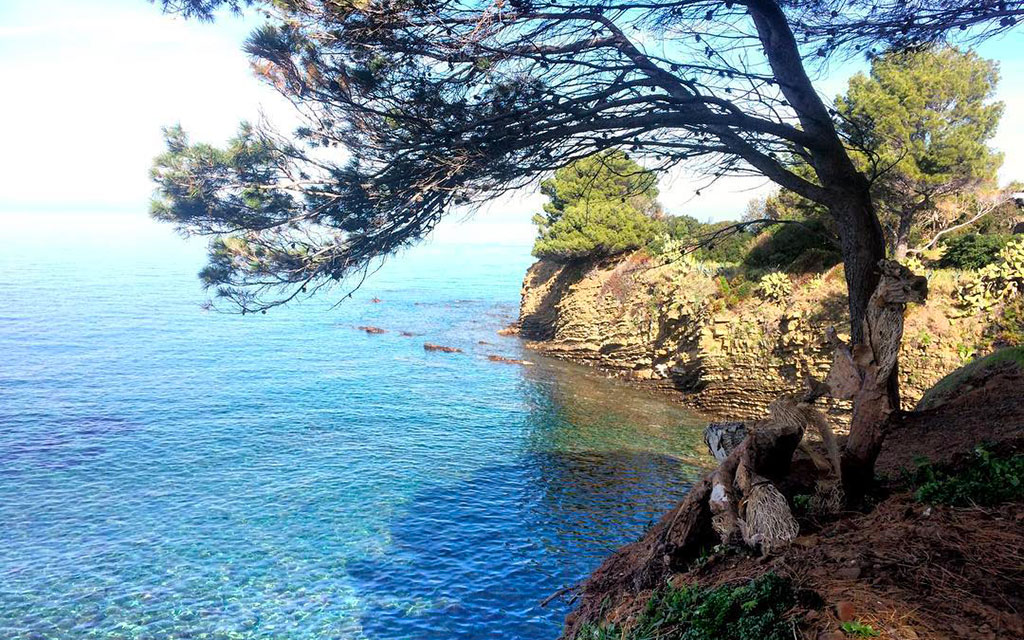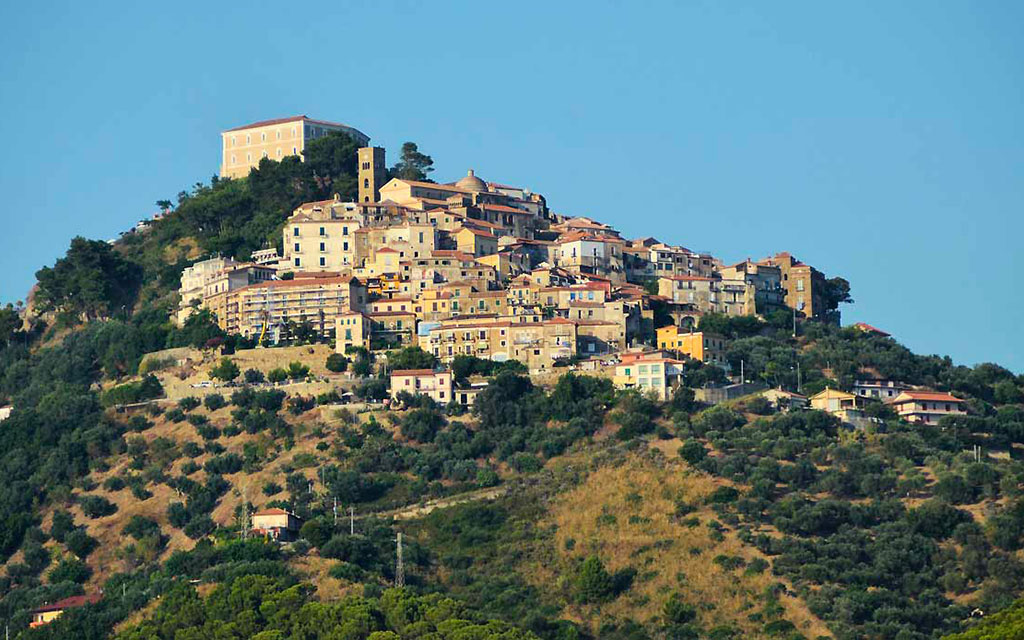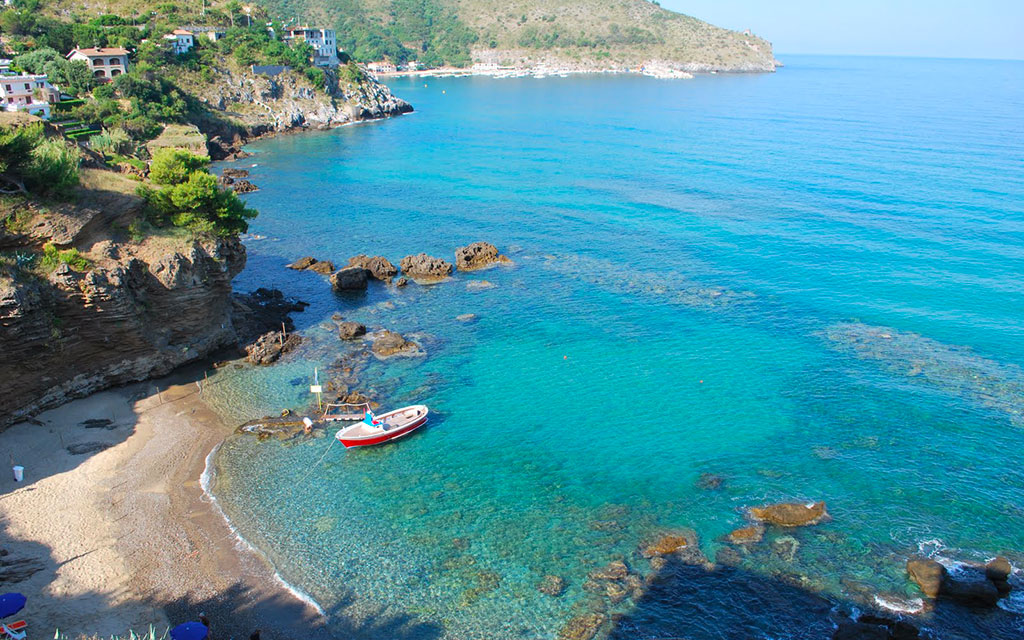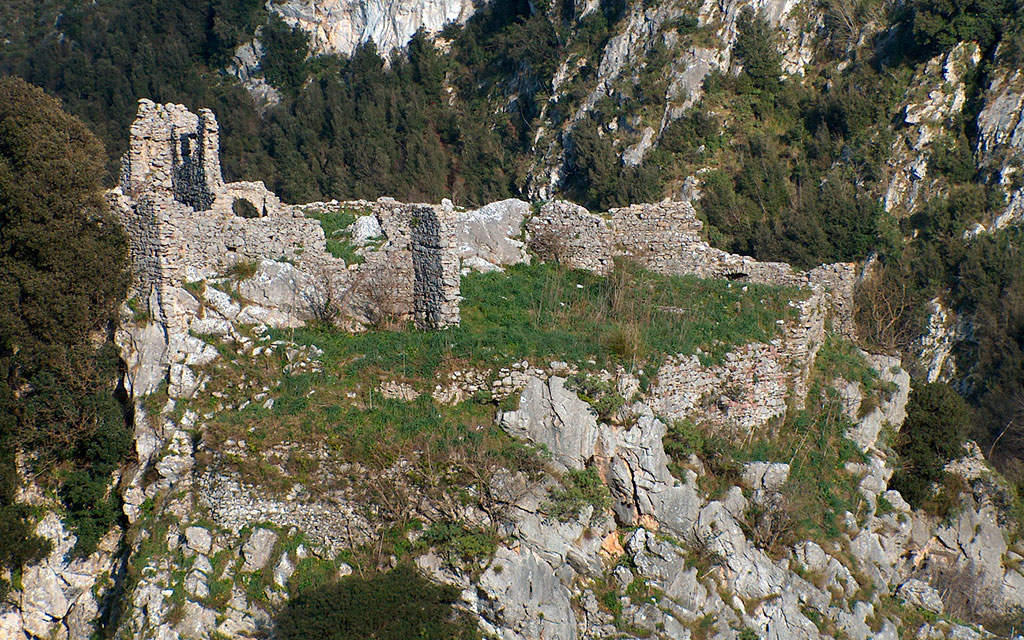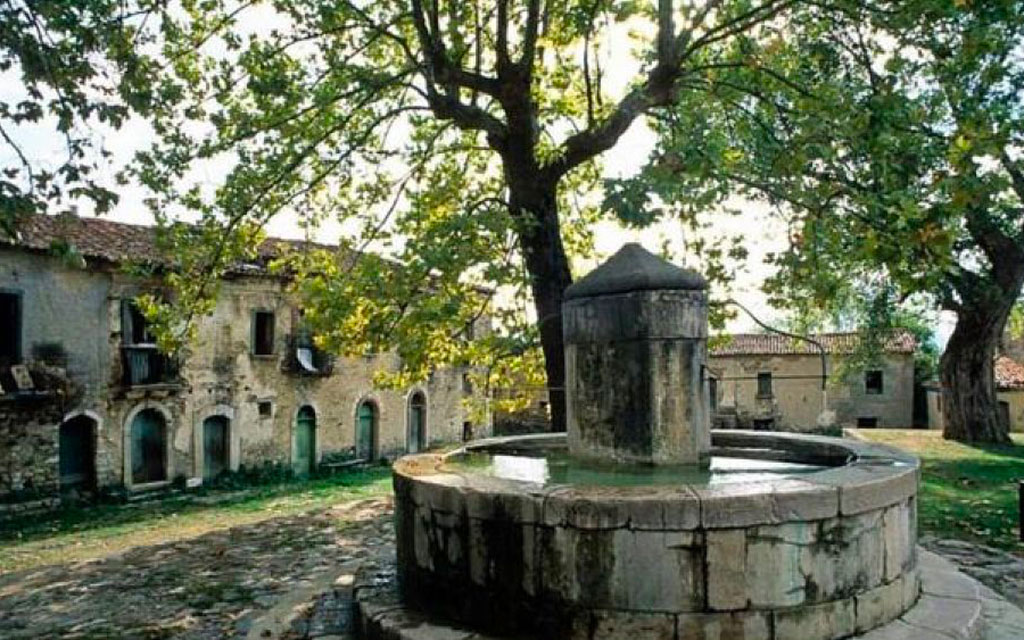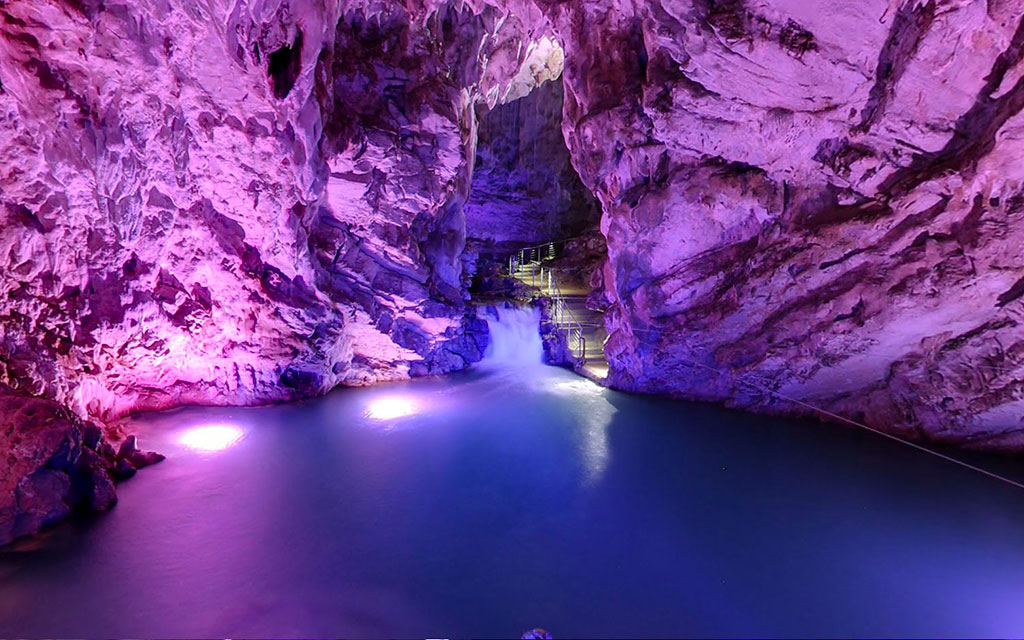National Park of Cilento, Vallo di Diano and Alburni
The National Park of Cilento, Vallo di Diano and Alburni is the second extension to the National Park of Italy. Included in the list of UNESCO World Heritage Site, it is considered "nature sanctuary" and "living landscape" as is characterized by the presence of coastal environments, and mountain valleys, for the extraordinary wealth of vegetation and outstanding Tracks history (Paestum and Velia) that come from the Paleolithic to the present. Unspoilt coastline, rocky cliffs, hills from the sharp beauty, trails, rivers, mysterious caves (Castelcivita and Pertosa), increase the appeal of these areas, an ideal place for a refreshing journey into nature to the (re) discovery of heritage inestimable value.
DESTINATIONS NEXT TO THE STRUCTURE
Pollica
Only 4 km: Pollica capital of the picturesque hill towns of, Galdo, Celso, Cannicchio and beautiful fishing villages Acciaroli and Pioppi. Country of great historical and cultural interest to anyone who wants to enjoy calm and its stunning panoramic views over the Castello dei Principi Capano (1290) overlooking the old town, the church of St. Nicholas of the XVII sec., And the seventeenth-century Franciscan monastery of Santa Maria delle Grazie.
Acciaroli
Just 10km: Acciaroli, it is a quaint fishing village in a few years become a popular seaside resort boasting a sea among the cleanest in Italy. The Church of the Annunciation (1187) and the remains of the Angevin tower dominate the harbor, behind which lies the old town, small and cozy, with its narrow streets, squares, shops, you can still feel the atmosphere of fishing village.
Pioppi
Just 12 km: Pioppi, other small pearl of the Cilento coast. The delightful village that is located on the beach in a small cove sheltered by hills, is also known for being the birthplace of the famous Mediterranean diet. To it and to its theoretician, Ancel Keys, has dedicated a museum set up in the seventeenth century Palazzo Vinciprova that houses, among other things, the Living Museum of the Sea
Paestum
Just 12 km: Poplars, other small pearl of the Cilento coast. The delightful village that is located on the beach in a small cove sheltered by hills, is also known for being the birthplace of the famous Mediterranean diet. To it and to its theoretician, Ancel Keys, has dedicated a museum set up in the seventeenth century Palazzo Vinciprova that houses, among other things, the Living Museum of the Sea.
Velia
Just 19 km: The area Velia archaeological city of Magna Greece founded around 540 BC The ancient city are the Port Area, Porta Marina, Porta Rosa (the only example of a round arch of Ancient Greece received in perfect condition), the remains of a theater built in Roman times and the imposing castle tower Norman.
Punta Licosa
Only 30 km: Punta Licosa, one of the most charming places of the Cilento; a pine forest and pristine clear blue sea framed by coves of wild beauty make this place a paradise for divers and naturalists. with wonderful postcard views. Recently declared a Marine Protected Area.
Castellabate
A soli 30 km: Only 30 km: Castellabate, perched on top of a hill is one of the most beautiful towns in Italy maintains the charm of the medieval village. Its historic center, recognized by UNESCO World Heritage Site is a tangle of narrow, short steps, plazas and extraordinary views, not randomly chosen for the famous film Welcome to the South.
Palinuro
Just 55 km along the beautiful coast of Cilento are Palinuro with its extraordinary views, pristine waters, stretches of beaches (also for those who love naturism beach of Stub), coves and sea caves visited attract admirers and lovers of nature and of the sea.
San Severino di Centola
Just 60 km: San Severino of Centola, in a dominant position on a rocky hill in the southern Cilento. Ancient medieval village abandoned during the last century and now the subject of safeguard and promotion by the citizenship of the place. The charm of the ruins of the village is unparalleled. The ancient settlement located on a hill overlooking the valley to the ranch is divided into two parts by the shape of the saddle top. On the one hand, in fact, we find the area of the castle and the church and the other, the area of civilian homes. In the summer and not only that, there are various events and gatherings organized by and aimed at the enhancement of the place.
The caves of Castelcivita
A soli 70 Km: The Caves of Castelcivita are located 94 meters above sea level, and represent a speleological complex of undoubted interest. They constitute one of the most extensive underground systems in the Campania region and in Italy where the dripping of water has created fantastic limestone structures of various shapes such as stalactites and stalagmites.
Roscigno Old
Just 88 km: Roscigno Vecchio, the old town, is a hamlet uninhabited for some time because of the presence of several landslides. In Roscigno old currently he resides one inhabitant in one of the old houses, spends his days through the deserted streets of the country waiting for the tourists to make as guide.
The caves of Perth-Auletta
Just 100 km: The Caves of Perth-Auletta; the painstaking work of nature for 35 million years, created what is now a magical experience for everyone, every year thousands of visitors let themselves be enchanted by this place for a number of aspects that go by the interest naturalistic, caving in the archaeological making it one of the most important in Italy. And 'possible to follow and be enchanted by the journeys that wind for about 3000 meters below the Mount of Alburni. Already entrance the visitor is fascinated entrance river boat Heat. The atmosphere is surreal, passages, tunnels and caves open to the eye of the visitor discovering how groups are modeled stalactites and stalagmites in mysterious shapes.
Certosa di San Lorenzo a Padula
Just 109 km: La Certosa di San Lorenzo in Padula is the largest monument monastery in southern Italy, a UNESCO World Heritage Site. Great beauty of the church and its altar inlaid with mother of pearl, unique cuisine with the large hood of the central furnace, the wonderful cloister with its almost 15,000 square meters is amongst the largest in Europe. A dramatic elliptical staircase double ramp connects the two levels on which develops the cloister, which is the porch (bottom) with cells of the fathers, and the gallery with windows used by the monks for the weekly walk (top).




